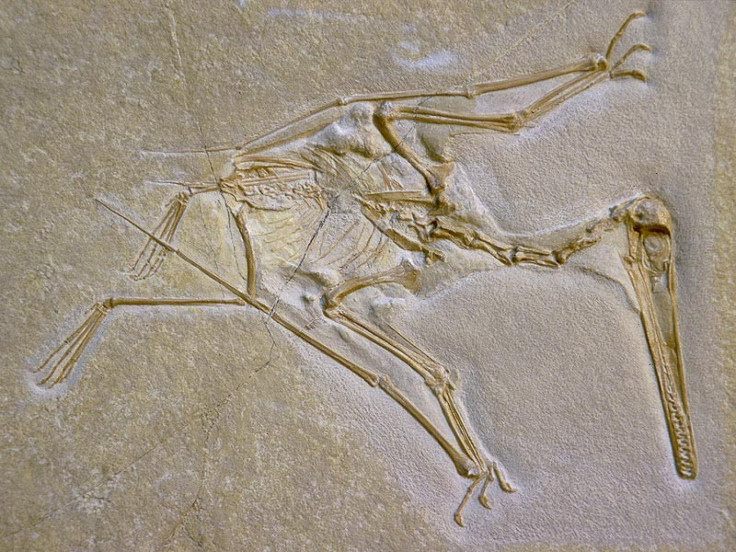'Oldest Bird' Archaeopteryx May Not be Bird After All

Archaeopteryx, the legendary winged creature long known as the oldest and most primitive bird on Earth, may not have been a bird at all, Chinese scientists reveal.
Spectacular fossils of Archaeopteryx, about 150 million years old, were discovered in 1861 in Germany just two years after the publication of Darwin's Origin of Species and became a memorable visual symbol of evolution at work.
The fossil had feathered wings like a bird but teeth and bony tail like a reptile. It also held the honor of being the oldest known fossil of the bird species. In subsequent years, theories of the bird species evolution drew heavily on archaeopteryx. But the discovery of several feathered dinosaurs in the past 15 years has led experts to question whether it was really the first bird.
In a journal written by paleontologist Dr. Xing Xu and his researchers, from the Chinese Academy of Sciences in Beijing, has not just dethroned Archaeopteryx from its high pedestal but also gone to the extent of clubbing the iconic basal bird along with other non-avian dinosaurs.
Xu and his team claim that archaeopteryx may not be a bird at all. Instead, it might just be a flying and feathered reptile that didn't rise like modern birds.
The team says a new Archaeopteryx-like fossil Xiaotingia zhengi, which dates back 155 million years to the Jurassic Period, from the Tiaojishan Formation in eastern China shares several features with Archaeopteryx, including long, sturdy forelimbs that presumably allowed it to fly.
The paleontologists ran a phylogenetic analysis combining the newly discovered fossil with other similar dinosaurs and early birds, it was clear that it should no longer be considered a full developed bird.
"There are many, many features that suggest that Xiaotingia and Archaeopteryx are a type of dinosaur called Deinonychosaurs rather than birds. For example, both have a large hole in front of the eye; this big hole is only seen in these species and is not present in any other birds,” according to Dr. Xing Xu, reported BBC.
Dr. Xing Xu also listed comparisons to the Deinonychosaurs' specialized hind foot claw, which could extend thanks to a sheath in its bone. The Archaeopteryx displays developmental features in this area. Also based on the fossils, the Archaeopteryx adorned feathers around its forelimbs and hind limbs with longer feathers growing from the thighs. The feathers and properties of its forearms suggest it flew to hunt for food.
If the findings are true, the Archaeopteryx would join another feathered dinosaur that was recently discovered, called Anchiornis, also unearthed by Dr. Xing Xu and his team. The creature is reported to be the oldest feather bearing animal, older than the Archaeopteryx by 11 million years. Feathers cover the creatures body with special forelimb feathers coming from the wrist. The Anchiornis also carry aerodynamic features from the overlapping feather patterns.
The Archaeopteryx may have currently stood as the godfather of birds but the dethroning may offer opportunities for other species such as the Sapeornis and Epidexipteryx to shed light as the oldest bird in the family tree.
To be sure, the assertion of Xu's study doesn't challenge the scientific community's assumption that birds evolved from dinosaurs. However, they may have to look elsewhere to bestow the title of the oldest known bird fossil. Moreover, the theory of evolution may have lost one of its early icons.
Revisions of evolutionary trees constructed by scientists are not that rare as the discovery of new fossils or new analyses frequently challenge old assumptions.
© Copyright IBTimes 2024. All rights reserved.





















